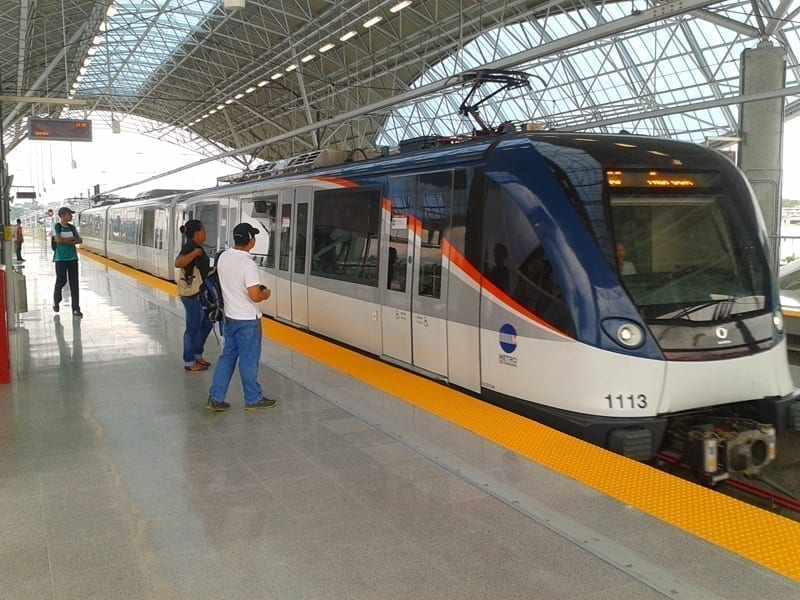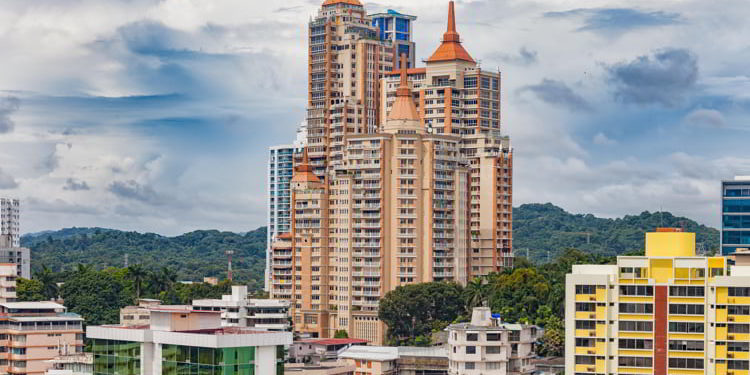As you consider countries to live, retire, or invest in, you’ll hear the term “Third World” bantered about. Panama is sometimes referred to as a third-world country which makes people wonder if it’s a good place to relocate to.
Before we review Panama’s statistics and related information, let’s determine what “Third World” means today.
The History Of Third-World Countries
Countries were categorized into three groups during the Cold War. The separation was based on war-time politics and economics.
First-world countries were aligned with NATO and included the United States, Canada, Japan, and Western Europe, among others.
Communist countries such as the Soviet Union, China, Cuba, and their allies fell into the Second World classification.
Third-world countries were not aligned with NATO nor communist countries and were considered neutral during the war.
Since the fall of the Soviet Union, the term “third-world country” has taken on a different meaning. It now refers to countries that are developing in industry, education, poverty level, and economic stability.
All Latin American countries are usually put into the Third World category. However, each country’s level of development is different and should be evaluated individually based on its strengths and weaknesses.
According to the World Population Review, third-world countries are defined by:
- Economic instability…
- High poverty rates…
- The absence of necessary human resources…
- Non-industrialized or newly industrialized commerce.
Is Panama Considered A Third-World Country?
Most people are familiar with Panama because of the prosperous Panama Canal. The toll revenue generated from ships passing through the Canal makes up a large portion of Panama’s GDP. This combined with the country’s other business sectors, like banking, commerce, and tourism, qualifies Panama as a World Bank high-income nation.
Panama ranks 67th in the Human Development Index (HDI) as a country with very high human development. However, due to educational disparities, the country’s living conditions are poor in certain locations.
Country-wide poverty levels have dropped thanks to the construction of the largest Regional Finance Center (the IFC) in Central America, which was built with Canal revenue. Panama’s strong economic and business climates have strengthened its financial sector which reports solid growth and earnings.
Focus On Education And Transportation
Education

The education system has improved and as of 2019, the national literacy rate was 95.7%. Education is mandatory for all children ages 4 to 15 and enrollment is increasing, especially at the higher levels of education.
Panama’s public universities offer free admission to all students, even foreigners.
Transportation

Tocumen International Airport is Central America’s largest airport and a major hub for Copa Airlines and others. In the larger cities, the roads are paved and you’ll find four-lane highways in Panama City.
Panama City has an excellent, clean, and high-quality public transportation system, with Metrobuses and two Metro train lines that help control the city’s infamous traffic jams.
Is Panama Third World? Draw Your Own Conclusion
Many areas in Panama are less developed, with unpaved roads and weak infrastructure. However, numerous other locations offer modern conveniences, outstanding roads, mass transit, clean tap water, and beautiful biodiversity.
As Central America’s top retirement destination, we think you’ll agree that Panama has a lot to offer.










